Nov. 5 to Nov. 11
Wu Wen-ta (吳文達) didn’t touch a badminton racket until he was 37 years old. Once he did, however, he was hooked.
The businessman not only began playing every day, he devoted his energy and wealth to promoting the sport, and his efforts were so successful that he was officially named the nation’s “Father of Badminton” in 2006.
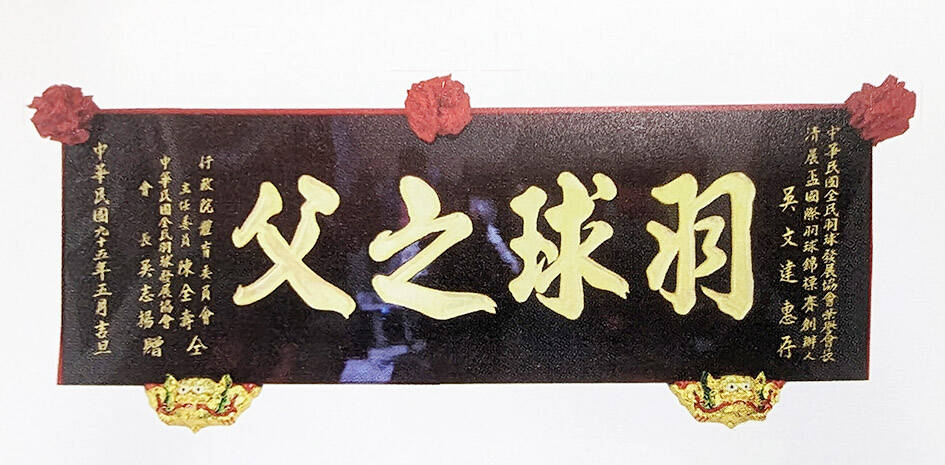
Photo courtesy of Taiwan Senior Badminton Association
The World Morning Cup (世界清晨盃) badminton championships, which Wu co-founded in 1972, is still running today. Beginning with just 100 local participants, this year’s event in April attracted nearly 3,600 players from across the globe. Since Wu died on Nov. 9, 2015, it’s also been known as the Wu Wen-ta Memorial Cup.
Wu did not stop at just badminton. He also helped kickstart Taiwan’s competitive canoeing and eight-person tug-of-war, and took part in developing dragon boat racing into an international event.
ATHLETIC CHILDHOOD
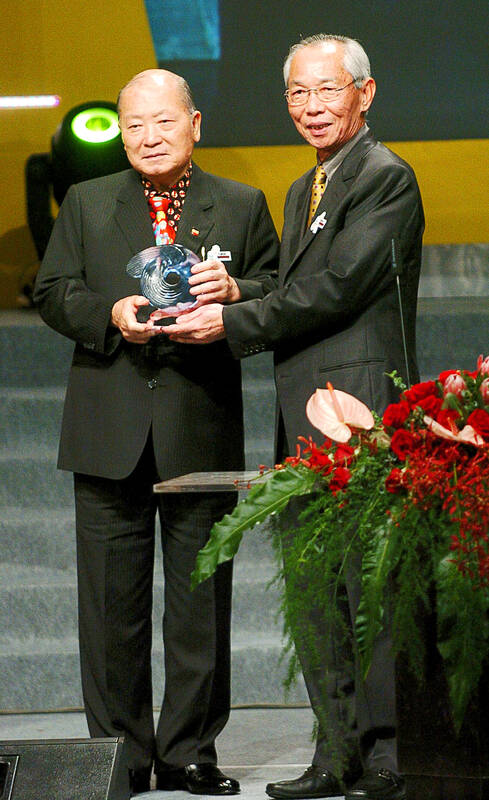
Photo: CNA
Wu was born in July 1929 in Taipei’s Wanhua District (萬華). A rambunctious child and natural athlete, Wu excelled in sumo wrestling, baseball, volleyball and gymnastics. According to the 2008 book Gardener of the Sporting World for Half a Century (半世紀體壇園丁), he wasn’t academically inclined, enjoying a carefree childhood playing sports and developing a competitive spirit.
Badminton did not exist in Taiwan yet; it would be introduced after 1949 by Air Force soldiers retreating from China.
Wu was a strong proponent of having students participate in sports from a young age. In the book, he disparaged the modern parental notion that children must focus solely on studying to succeed.
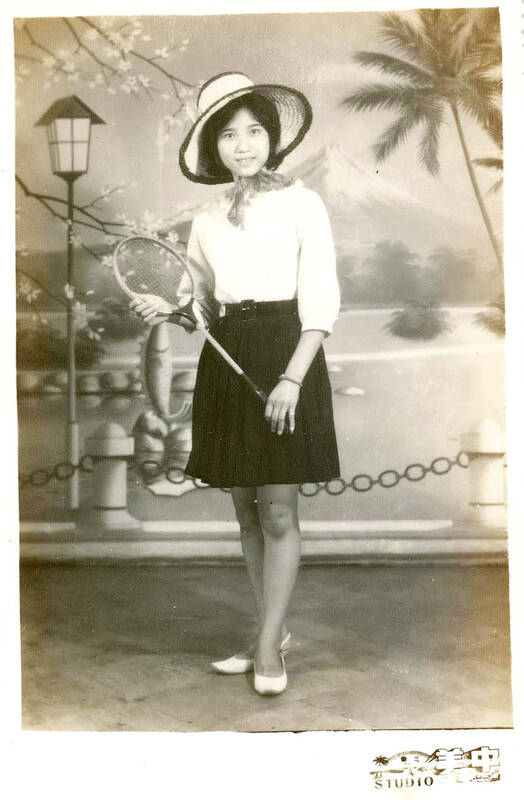
Photo courtesy of New Taipei City Government
At the age of 17, Wu launched his business career before he graduated high school in Keelung by selling the school’s discarded scrap metal to the mines in Jiufen. He also traded local commodities with fishermen from China.
His father and uncle taught him the ins and outs of the hardware industry and by the age of 22, Wu was running his own shop with his wife Wu-Tsai Hsiu-chen (吳蔡秀珍), focusing on steel pipes.
Wu almost lost everything after being swindled out of a major deal five years later, but he drew from his days playing sports and refused to give up. He relaunched his empire immediately and caught on to Taiwan’s industrial boom, finding new clients in cement, fertilizer and telecommunications. By the early 1960s, he was Taiwan’s undisputed steel pipe king.
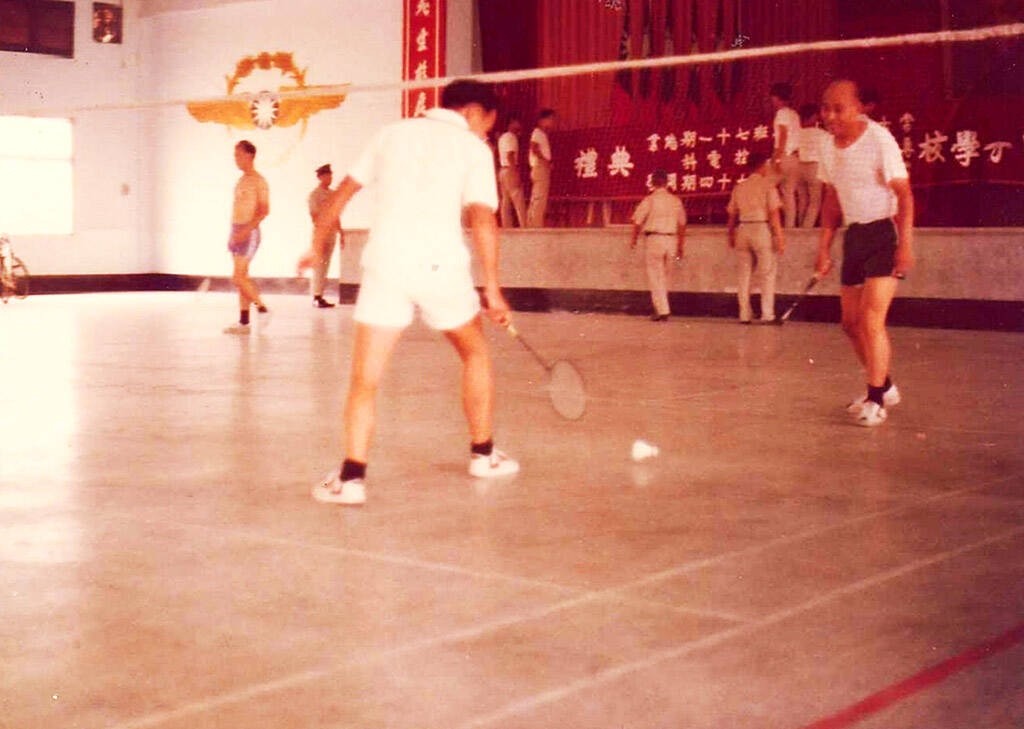
Photo courtesy of Gangshan Military Dependents Village
DISCOVERING BADMINTON
As Wu’s business grew, so did his desire to get back into sports. In 1967, Cheng Yuan Junior High School (成淵國中), which his son attended, opened its athletic facilities to early morning exercisers. He immediately started the Cheng Yuan Early Risers Club, which consisted of about 30 people, including his entire family.
That year, Wu met Lin Yu-shan (林玉山), a bank employee and badminton enthusiast who spent nearly all his free time playing the game and teaching people at no cost. Lin became Wu’s mentor and his regular doubles partner, and the two dominated local competition until Lin’s untimely death at the age of 49.
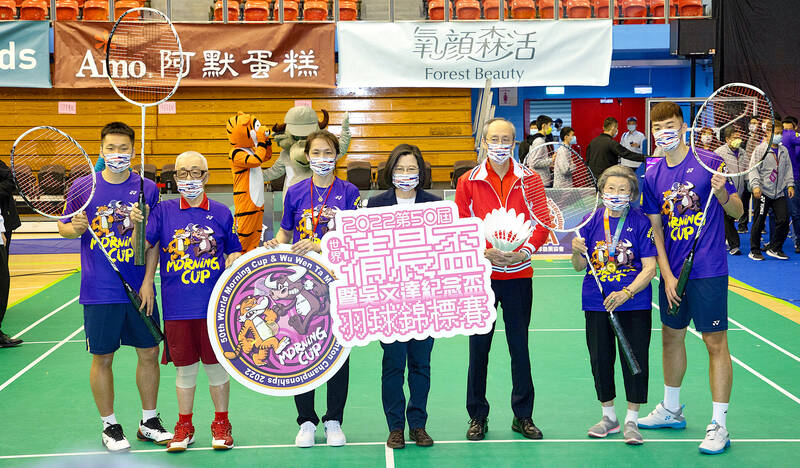
Photo courtesy of Taiwan Senior Badminton Association
“I was able to maintain a high level of interest because we won so often,” Wu recalls. “In time, I became addicted. It is a habit that I could not live without.”
In 1969, Wu and 15 others, including Taiwan Shiseido founder Lee Chin-chih (李進枝) and Malaysian doctor and badminton coach Cheng Hsi-hsien (鄭錫賢), launched the Jen-ai Badminton Management Committee (仁愛羽球管理協會) with the goal of training young players for national competition. The group also served as a network for others who liked to play badminton in the morning, often practicing together and playing friendly matches.
Wu always partnered with his wife during mixed doubles events while wearing matching uniforms. The couple reportedly owned more than 120 identical outfits.
The committee launched the Morning Cup three years later at the Chunghwa Badminton Gym on Nanjing E Road, one of Taipei’s few facilities devoted to the sport. In 2006, Wu introduced the world’s first 3-on-3 format — a design that would allow an older player to partner with two younger people to make up for their decline in speed and agility, thus extending their playing careers.
OTHER VENTURES
In 1993, Wu mournfully watched his beloved Shengguang Badminton Court, which he built in 1981 in two of his former warehouses, get torn down due to the Keelung River rerouting project.
His subsequent failure in the early 1990s to convince the Taipei City government to preserve the Chunghwa Badminton Gym was probably the biggest sore point in his career. The structure was replaced with today’s Taipei Gymnasium.
As chairman of the national Badminton Association, Wu vigorously fought the city while the association launched protests, but he could not change their minds. He then launched a petition to build a badminton gym in the planned Park No 7 (today’s Da-an Forest Park), but the city rejected the proposal. Wu quit the position in frustration after nine years at the post.
During his tenure, Wu believed that it wasn’t just enough to get students involved; their teachers and principals also needed to be interested so they would whole-heartedly promote the sport. He sent free rackets to various schools and sent coaches to train the staff, pouring a great amount of his personal finances into providing equipment and scholarships. He supported national players financially — even allowing them to stay in his newly-built apartment complex for free — so they could focus on training.
Wu was also involved in fostering other sports. In 1991, he launched the national Canoe Association under the encouragement of former Japanese house speaker Yoshio Sakurauchi. The two had become close friends through badminton exchanges, and Sakurauchi was also president of the Asia Canoe Confederation.
However, canoes were restricted items then and difficult to import, and nobody in Taiwan knew how to make them. Wu managed to obtain some through a special permit that was very complicated to obtain and began training rowers. Meanwhile, he kept pushing the government to relax restrictions, finally getting his wish in 1995. That same year, the sport made its debut at the National Games in Kaohsiung.
According to the book, Wu also helped make dragon boat racing an international event by inviting teams from Hong Kong and Macau to compete in Taipei. The International Dragon Boat Federation was launched in June 1991 with Taiwan as a founding member.
In 1992, Wu started organizing eight-person tug-of-war teams, and became the Asia Tug of War Federation’s chairman in 2000.
Wu’s many awards include a lifetime contribution award from the International Olympics Committee and a 3rd class Order of the Rising Sun medal from the Japanese emperor.
Taiwan in Time, a column about Taiwan’s history that is published every Sunday, spotlights important or interesting events around the nation that either have anniversaries this week or are tied to current events.

On April 26, The Lancet published a letter from two doctors at Taichung-based China Medical University Hospital (CMUH) warning that “Taiwan’s Health Care System is on the Brink of Collapse.” The authors said that “Years of policy inaction and mismanagement of resources have led to the National Health Insurance system operating under unsustainable conditions.” The pushback was immediate. Errors in the paper were quickly identified and publicized, to discredit the authors (the hospital apologized). CNA reported that CMUH said the letter described Taiwan in 2021 as having 62 nurses per 10,000 people, when the correct number was 78 nurses per 10,000

As Donald Trump’s executive order in March led to the shuttering of Voice of America (VOA) — the global broadcaster whose roots date back to the fight against Nazi propaganda — he quickly attracted support from figures not used to aligning themselves with any US administration. Trump had ordered the US Agency for Global Media, the federal agency that funds VOA and other groups promoting independent journalism overseas, to be “eliminated to the maximum extent consistent with applicable law.” The decision suddenly halted programming in 49 languages to more than 425 million people. In Moscow, Margarita Simonyan, the hardline editor-in-chief of the

Six weeks before I embarked on a research mission in Kyoto, I was sitting alone at a bar counter in Melbourne. Next to me, a woman was bragging loudly to a friend: She, too, was heading to Kyoto, I quickly discerned. Except her trip was in four months. And she’d just pulled an all-nighter booking restaurant reservations. As I snooped on the conversation, I broke out in a sweat, panicking because I’d yet to secure a single table. Then I remembered: Eating well in Japan is absolutely not something to lose sleep over. It’s true that the best-known institutions book up faster

Though the total area of Penghu isn’t that large, exploring all of it — including its numerous outlying islands — could easily take a couple of weeks. The most remote township accessible by road from Magong City (馬公市) is Siyu (西嶼鄉), and this place alone deserves at least two days to fully appreciate. Whether it’s beaches, architecture, museums, snacks, sunrises or sunsets that attract you, Siyu has something for everyone. Though only 5km from Magong by sea, no ferry service currently exists and it must be reached by a long circuitous route around the main island of Penghu, with the